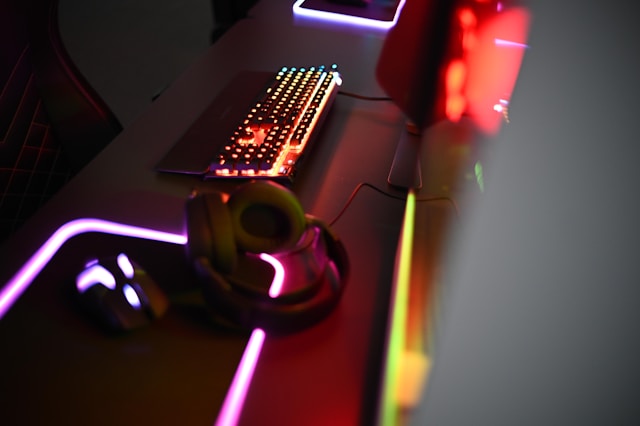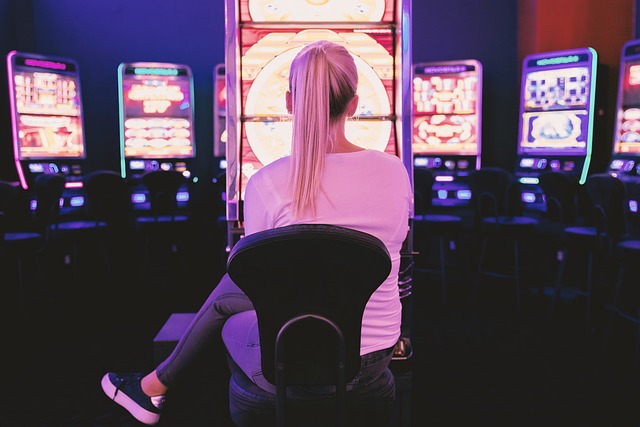Immersive casinos and VR betting lounges feel endless. With headsets on, clocks fade, breaks vanish, and bankroll discipline erodes. Responsible play depends on structuring time: deliberate session blocks and forced pauses that keep focus sharp and fatigue low.
Why time control matters more in VR
Headsets amplify presence. Ten minutes can feel like two, or two hours can feel like twenty. Without external cues, players miss hunger, eye strain, and bankroll drawdown.
Immersive design also layers distraction. Bonuses, avatars, and social chat stretch sessions past healthy limits. Timeboxing and breaks are not just habits—they are safeguards against environments engineered to hold attention.
Timeboxing in practice
Timeboxing sets fixed-length sessions with clear end rules. Instead of playing “until tired,” you play 30–60 minutes, then stop. The block becomes a unit for measuring quality, not just profit or loss.
Pick your block based on game type. Slots and auto-spins can run longer at lower intensity, but live poker or in-play betting drains focus fast—keep those blocks shorter. Use alarms, in-headset timers, or app caps to enforce stops.
Reference ranges
- Slots/auto-play: 45–60 minutes
- VR poker/tables: 30–45 minutes
- Live betting/in-play: event-based or 20–30 minutes per half
Breaks as performance resets

Breaks are not optional. They reset posture, eyes, and decision quality. A five-minute walk or screen-off reset lowers tilt and prevents chasing losses.
In VR, breaks also prevent motion fatigue. Removing the headset every block reduces nausea and restores awareness of physical space. Simple rituals—drink water, stretch, log results—anchor the break as part of play, not outside it.
Quick break checklist
- Remove headset, hydrate, and stretch.
- Review last block: units, focus, tilt (yes/no).
- Reset room boundary before resuming.
Tools that enforce discipline
Most headsets and apps include parental controls or usage caps. Repurpose them. Daily time limits, session countdowns, and enforced cool-downs keep immersive play safe.
External tools—phone alarms, wearable haptics—add redundancy. The goal is a double wall: in-game timer plus out-of-game signal. Together they stop drift when the environment pulls you deeper.
Tiny comparison table
| Tool | Best Use | Strength | Risk of Bypass |
|---|---|---|---|
| Headset timers | Session countdowns | In-context, visible in HUD | Can ignore prompts |
| App/daily limits | Cap total minutes across apps | Stops binge across titles | Needs proper configuration |
| External alarms | Vibrations or tones off-device | Forces awareness | Easy to snooze/ignore |
Building a responsible routine

Set timeboxes before bankroll. Duration is the first boundary; money follows. Log both together so you can track if longer sessions reduce decision quality or spike tilt.
If you notice frequent break skipping, shorten blocks and add stricter cool-downs. Responsible play is about noticing drift early and adjusting guardrails. In immersive environments, discipline must be structured, not improvised.
Quick rules of thumb
- Block sessions by time, not mood.
- Enforce breaks with tools inside and outside VR.
- Treat hydration and logging as part of every pause.
- Adjust block length if focus drops consistently before the timer.
